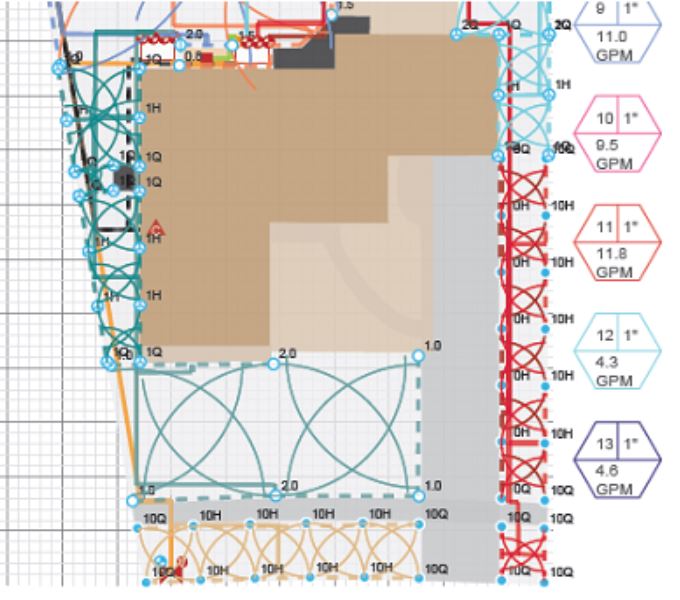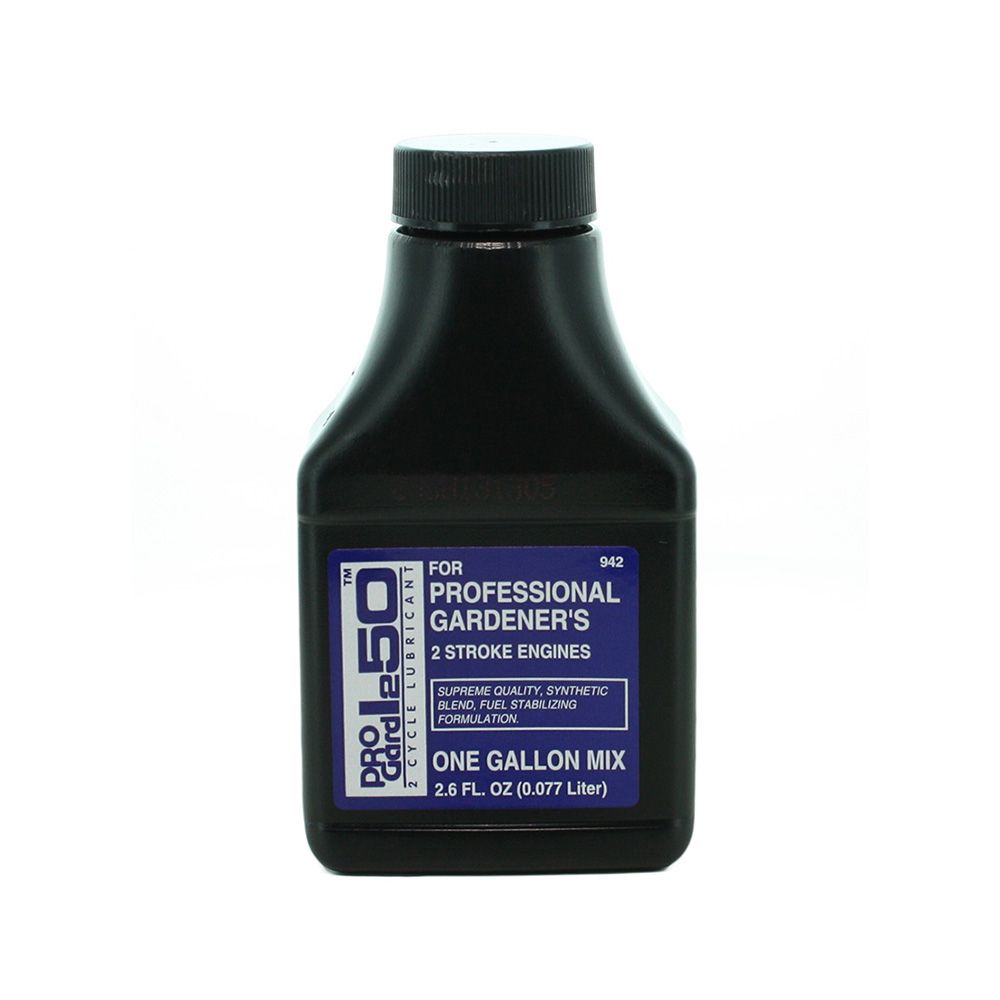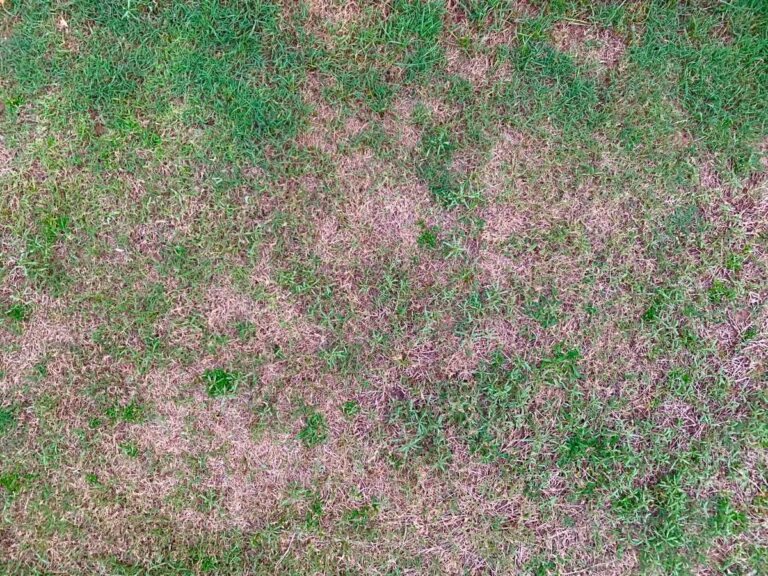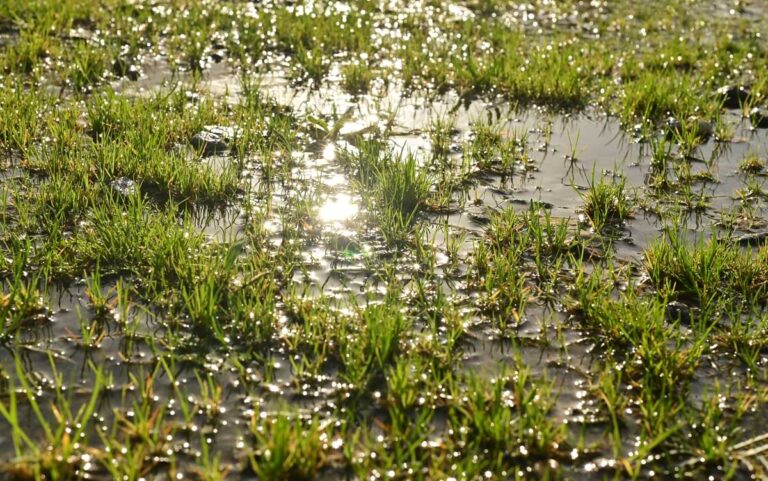Best Practices in the First Step of the Irrigation Process
This article discusses how to design an irrigation system. If you are old enough you remember the Pinto. New Coke? The Newton? Zune? Mars Needs Moms? Trying to cover all bases here. These are all products that failed due to poor design. The strange thing about a good design is you don’t notice it. A bad design slaps you in the face, causes trouble, often costs money, and talks bad about your dog.
Ok. Irrigation designs don’t talk about your dog but a bad one will cost you time and money, along with increasing your stress level. Dry spots, swamps, water runoff, irrigating your neighbor’s yard, and watering in the rain are all problems caused by bad design. To quote someone, somewhere “It doesn’t even have to be that way no more never. (I put the ‘never’ in to cancel the double negative.)”
Residential Irrigation Planning
Irrigation planning is involved and challenging and simple and logical. The great thing about residential planning is so much of the work is done for you and there are companies that will do it absolutely free. They send you a drawing, instructions, and a parts breakdown. If you want to go that route check out Rain Bird and Toro.
If you want to design your own Hunter has a very good guide. There are countless references and books available and all the math has been worked out. The answers are in a chart somewhere. At first glance, you may get dizzy, but don’t worry, the numbers make a lot of sense once you start designing a system.
Whichever system you use, make sure you mark and consider all trees, fences, storage sheds, etc. You can’t blame Rain Bird if you forget to tell them about the pool.
Hiring A Professional To Design An Irrigation System
If you decide to have a professional design your system, which I strongly recommend, be sure to check their credentials. In Texas, you must be licensed to charge for a system design. In other states, you must either be licensed irrigation, a licensed plumber, or a licensed architect. Some states don’t have any restrictions on who can design a system. That makes it tough. Ask for references. Ask to see their work. As a professional, I’d be glad to let anyone see any system I’ve ever designed. They should be also. If not, something is wrong.
A good design should have a drawing showing you the locations of the spray heads, the piping, the controller, the backflow, the valves, and the areas covered by each head and the flow.
In this sample, you see the spray head location, the radius and pattern (10H= 10-foot radius, half-circle, Q = quarter), zone number, size of pipe (1), and gallons per minute. The pipes are shown, coverage is shown and the valves are located.
Very Important
A good design will also include a parts list of all pipes, fittings, heads, wires, valves, etc. Do not accept a design that does not. Click here to shop for lawn irrigation supplies and drip irrigation fittings and supplies.
Now For The Hard Part
when you have a good design, follow it. Don’t decide in the field that digging 3 more feet is just too much effort. People get tired and figure anywhere in the general area is close enough. It’s not. You’ll realize that before too long. Digging is hard work. Lots of digging of little trenches is real high on the “I’m sick of this” list. Keep telling yourself the shovel is my friend. The shovel is my friend. It will be well worth it when that good design lets you forget all about it as your lawn and gardens flourish and you save money with efficient water usage. Learn more about how to draw your property
































